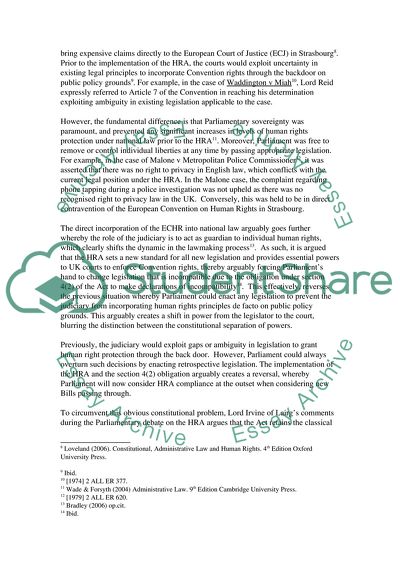Cite this document
(The Impact of the Human Rights Act 1998 on English Law Coursework, n.d.)
The Impact of the Human Rights Act 1998 on English Law Coursework. https://studentshare.org/law/1721459-i-dont-need-any-title-its-only-a-coursework
The Impact of the Human Rights Act 1998 on English Law Coursework. https://studentshare.org/law/1721459-i-dont-need-any-title-its-only-a-coursework
(The Impact of the Human Rights Act 1998 on English Law Coursework)
The Impact of the Human Rights Act 1998 on English Law Coursework. https://studentshare.org/law/1721459-i-dont-need-any-title-its-only-a-coursework.
The Impact of the Human Rights Act 1998 on English Law Coursework. https://studentshare.org/law/1721459-i-dont-need-any-title-its-only-a-coursework.
“The Impact of the Human Rights Act 1998 on English Law Coursework”. https://studentshare.org/law/1721459-i-dont-need-any-title-its-only-a-coursework.


